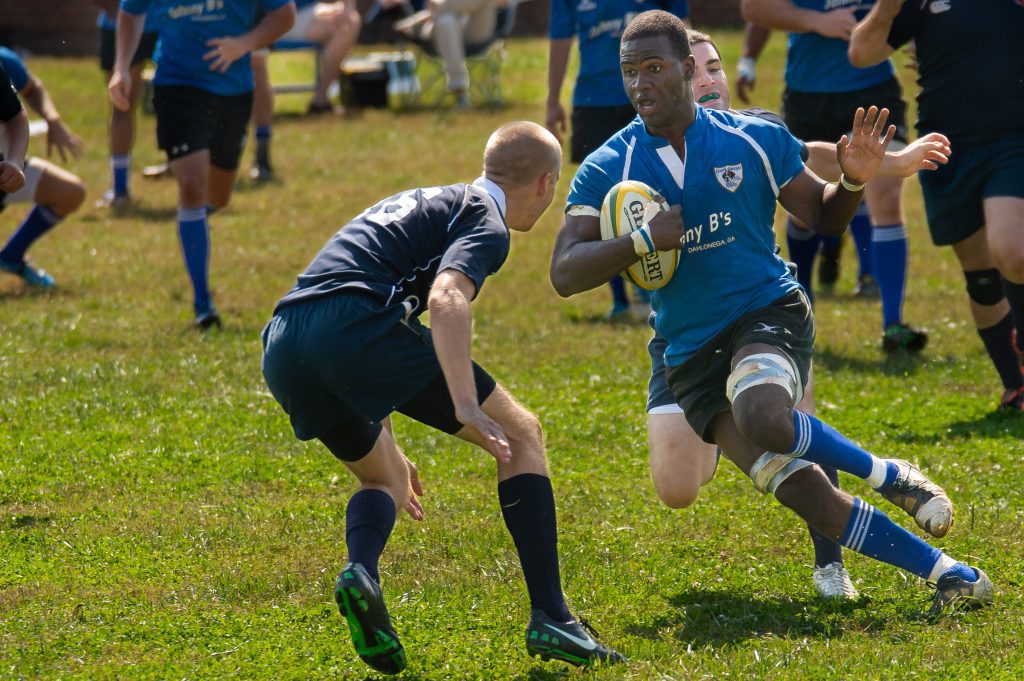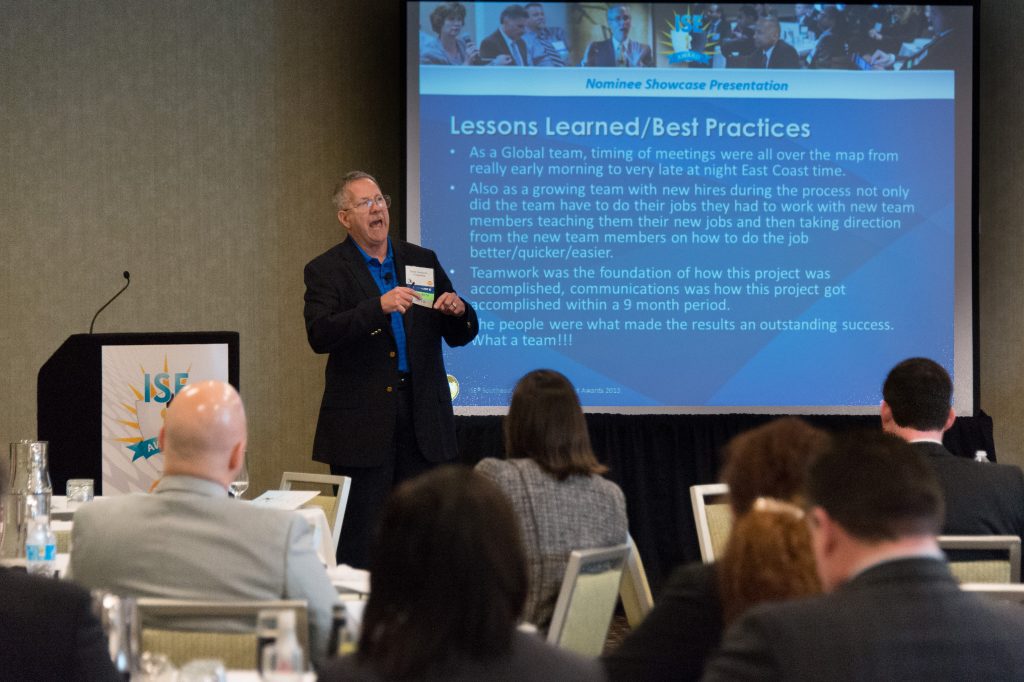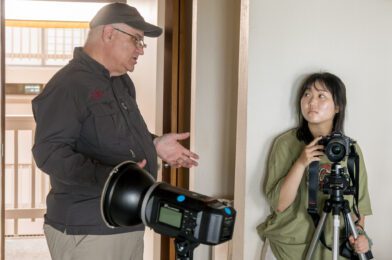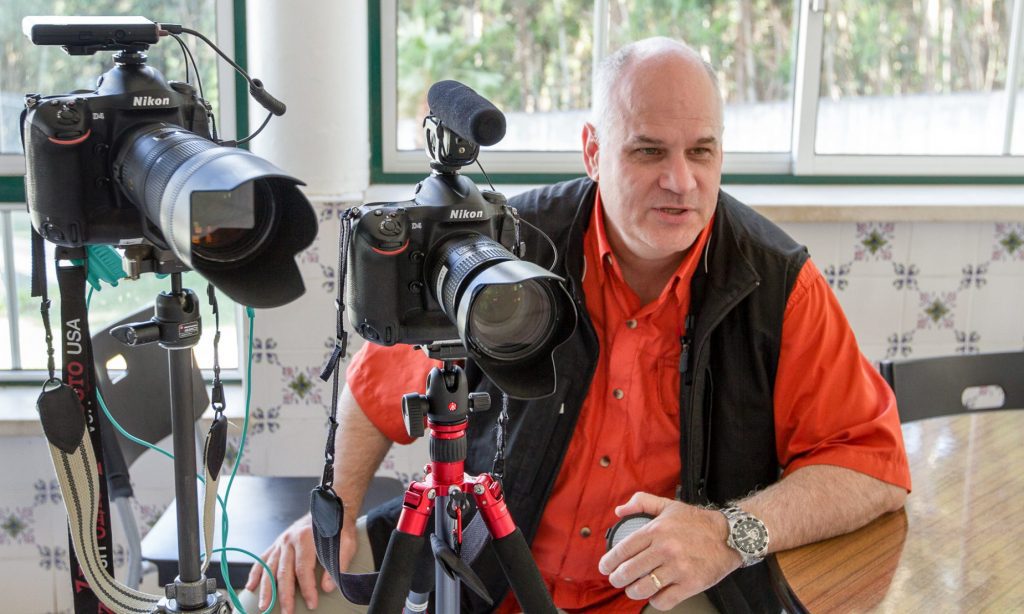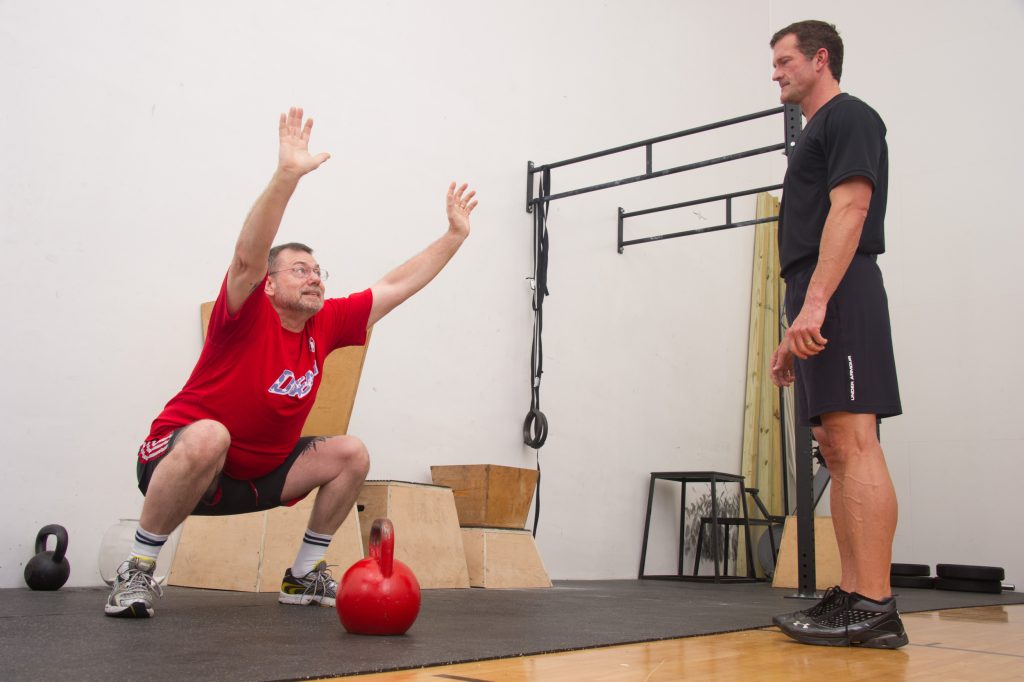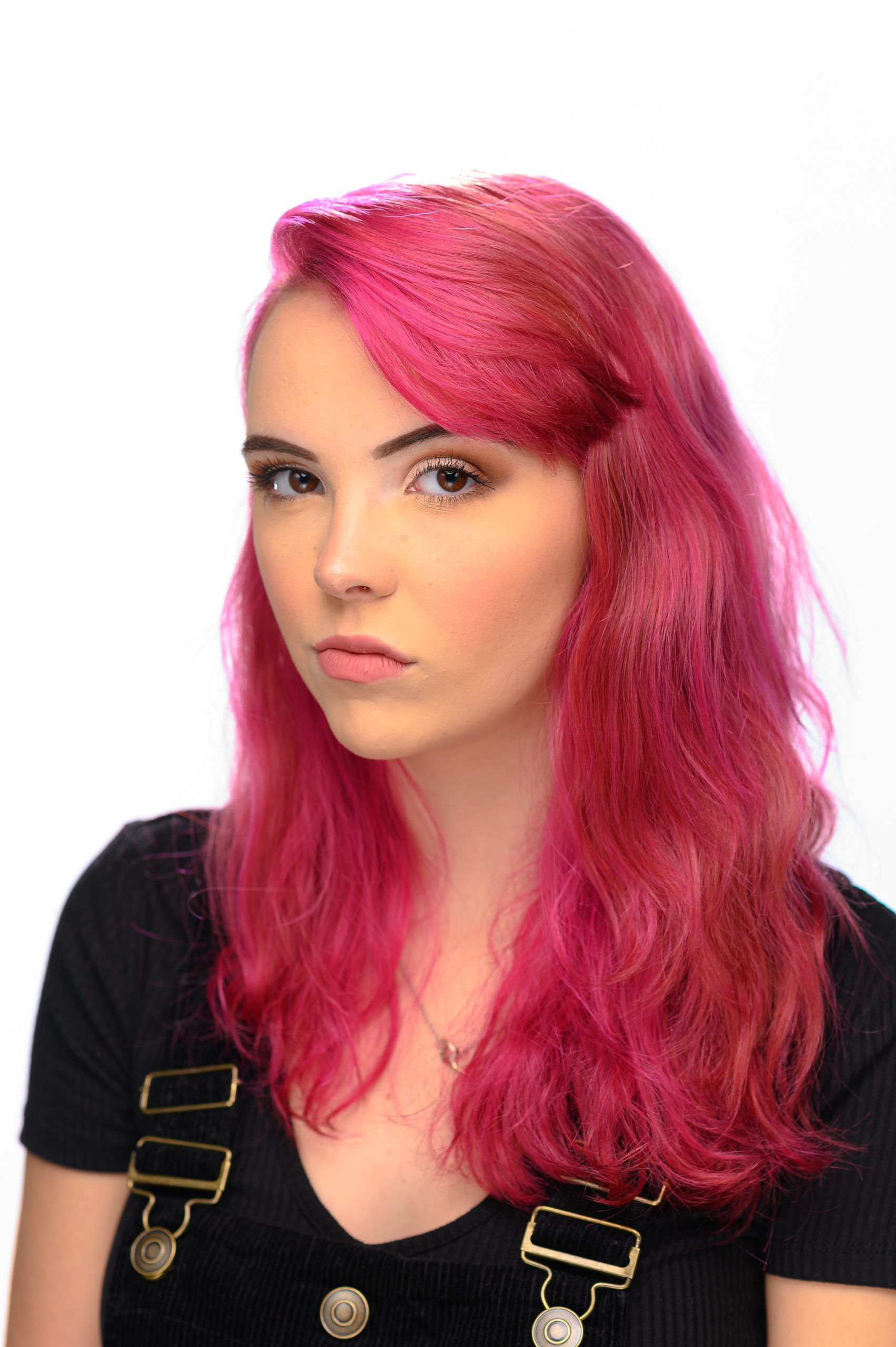 |
| Figure 1—Nikon D4, 28-300mm lens, ISO 3200, ƒ/5.6, 1/160 |
News Coverage
When your space is limited, like in a newspaper, it is quite common to just use one photo with text. Pure Fashion’s Spring Fashion Show was sponsored by Belk’s located at the Forum in Norcross, GA. A few hundred words and the photo above [Figure 1] and you are done. I have communicated the core of what happened at the fashion show.
This is the lighting diagram for the above photo taken under a white tent outside while it was raining.
In Depth Coverage
Sometimes the best images and content is behind those headlines. You may even hear magazines talk about the story behind the story.
 |
| Figure 2—Nikon D4, 28-300mm lens, ISO 2500, ƒ/5.6, 1/160, Custom White Balance with ExpoDisc. |
One of the stories behind the scenes was the models all got a chance to meet Pip from the second season of The Voice. Now this photo here [Figure 2] is typical that many people will take. they may like this better than when they finally are set in the pose, you can pick up on the excitement of not just the model but the enjoyment of Pip knowing he was having just as much fun.
Posed pictures are OK, but compare this photo of them smiling for the camera to these where you see Pip taking time with the models. Now pay attention to the faces and the eyes. You will see more than just “nice to meet you smile.”
 |
| Figure 3—I like the hand gesture, the expression of the model and most of all you can see those looking on noticing the excitement of the moment as well. Do you see it? [Nikon D4, 28-300mm lens, ISO 900, ƒ/5.6, 1/125, Custom White Balance with ExpoDisc.] |
The cool thing was Pip didn’t over react and embarrass the models. He just maintained eye contact and most of all he ask each person their name.
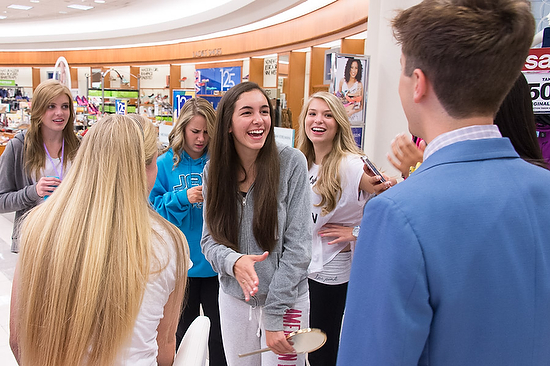 |
| Figure 4—Notice the models shoulders and both hands. You can tell she is loving this moment.Two of the girls are just as excited and one is already posting her photo of Pip to social media. [Nikon D4, 28-300mm lens, ISO 2500, ƒ/5.6, 1/125, Custom White Balance with ExpoDisc.] |
I was loving these moments, because usually teenagers are trying their best to remain calm and cool, but here we see them acting on the outside how we would feel meeting a real star.
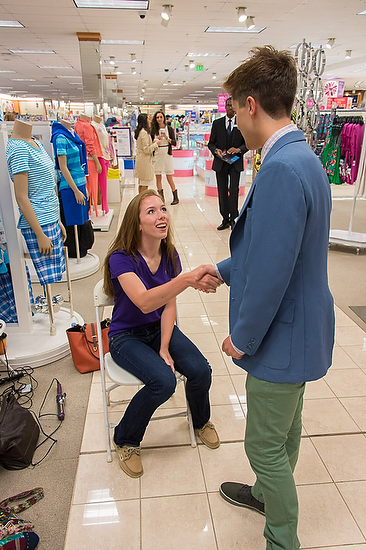 |
| Figure 5—Nikon D4, 28-300mm lens, ISO 2500, ƒ/5.6, 1/125, Custom White Balance with ExpoDisc. |
I hope you are seeing how much body language is communicating the moment. It isn’t about the composition and lighting, but that is important, the thing making these photos is the expressions and body language.
 |
| Figure 6—This is my daughter talking to Pip. Her friends keep telling her she needs to try out for The Voice too. She is telling Pip she wants to try out one day and Pip starts asking questions and encouraging her. I can tell she is loving the moment. Now look at the lady in the middle. She is the makeup artist working on my daughter. you can tell she is listening and even tho she isn’t talking to Pip she too is enjoying the moment. [Nikon D4, 28-300mm lens, ISO 1800, ƒ/5.6, 1/125, Custom White Balance with ExpoDisc.] |
I think the photos behind the scenes with Pip are better than the Fashion Show itself. For promoting Pure Fashion these are great photos. Get to model and maybe meet some stars. How many young girls wanting to be models wouldn’t love this experience.
But wait there is more.
 |
| Figure 7—This was shot with the 85mm ƒ/1.4 and while most everything other than the makeup artist is out of focus, there is just enough detail that the makeup counter and background become more abstract art. [Nikon D4, 85 mm lens, ISO 100, ƒ/1.4, 1/80, Custom White Balance with ExpoDisc.] |
The models get professional makeup artists to help them look their best. Everyone loved how they looked after some of this professional attention.
 |
| Figure 8—I shot a little wide here to help show the environment. Since Belk sponsored the Fashion Show showing off their brand helps to recruit them in the future to do more shows. It promotes their products as well. [Nikon D4, 28-300mm lens, ISO 3600, ƒ/5.6, 1/160, Custom White Balance with ExpoDisc.] |
 |
| Figure 9—I shot this with an 85mm ƒ/1.4 to isolate the models in this very busy environment. [Nikon D4, 85 mm lens, ISO 100, ƒ/1.4, 1/125, Custom White Balance with ExpoDisc.] |
 |
| Figure 10—While you can show all the models having fun, it is important to show how serious these professional makeup artists and hair stylist are about their jobs. [Nikon D4, 85 mm lens, ISO 220, ƒ/1.4, 1/60, Custom White Balance with ExpoDisc.] |
 |
| Figure 11—Can you see how precise and detailed the makeup artist is with applying the makeup? [Nikon D4, 28-300mm lens, ISO 2500, ƒ/5.6, 1/160, Custom White Balance with ExpoDisc.] |
 |
| Figure 12—Nikon D4, 28-300mm lens, ISO 3200, ƒ/5.6, 1/160 |
While I could have just snapped and had a photo of the ladies on the runway, I was looking for those moments where they looked great. Pure Fashion is about instilling confidence into young girls helping them. I think they look like young confident women in this photo [Figure 12].
 |
| Figure 13—Nikon D4, 28-300mm lens, ISO 3200, ƒ/5.6, 1/160 |
My daughter really had fun with this program and did a great job showing her outfit off.
 |
| Figure 14—Nikon D4, 28-300mm lens, ISO 3200, ƒ/5.6, 1/160 |
I think this photo captures the emotion of how Pip performed for everyone.
My spin on the coverage
I hope you are seeing that it is the details beyond color correct images, good exposure, composition and variety of images that I deliver. I am focusing on the details of emotions which show through body language and microexpressions.
Do you think the photo will make young high school girls and their families want to get involved from these photos?
Here are some more photos from the event. Here is a link to learn more about Pure Fashion.
http://www.StanleyLearyStoryteller.com/Pure-Fashion2/index.html









